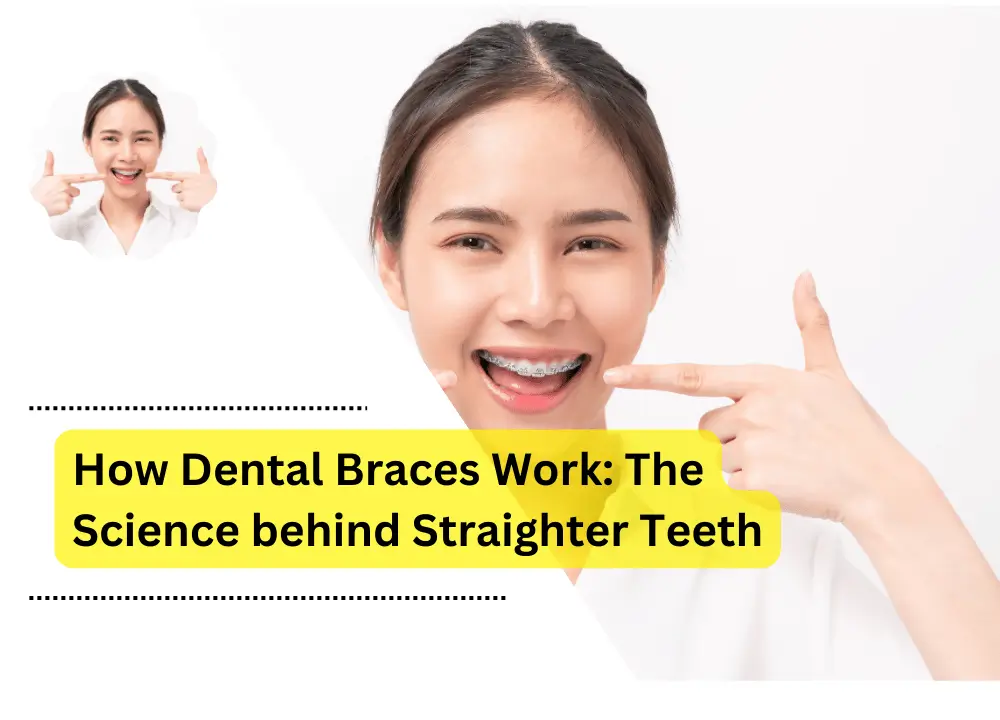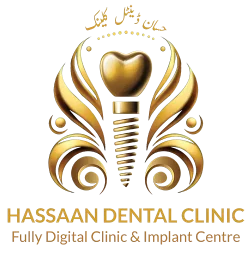Many of us have seen braces, those elaborate devices that gradually align teeth as if by magic. Few people know exactly how they manage to do this, though. How dental braces work to straighten misaligned teeth and fix the problems is a question of many.
In this article, let’s learn about what are dental braces, their workings, and their advantages beyond straighter teeth.
What are dental braces?
For many causes, dentists use dental braces in orthodontic care. But, correcting a faulty “bite” or crooked teeth is one of their most popular applications. Braces are often worn by teenagers, yet they can also be worn by adults. Braces realign and level your teeth as you use them, correcting your bite.
Kinds of Dental Braces:
- The most popular kind, conventional braces, is composed of premium stainless steel. They are affixed to each tooth and joined by a thin archwire. Despite being noticeable, these braces work incredibly well.
- Another one is ceramic braces. These braces work similarly to metal braces but are less obvious. It is because they are composed of clear porcelain material.
- The third one is lingual braces. These braces are affixed to the rear of the teeth and are not visible from the front. They can be more unpleasant and more difficult to maintain.
- The last one is clear aligners. A set of specially designed, nearly undetectable, detachable clear plastic aligners for cleaning and eating. Adults choose them.
In reality, how do braces work?
To move the teeth and jaws and change the smile’s look, dental braces apply continuous pressure to them. An arch wire is secured by brackets that are attached to the teeth, applying pressure to the teeth. Uneven teeth are forced into sync by the pressure. Comprehending the structure of teeth is helpful in knowing how braces operate.
How Much Time Does It Take for Braces to Work?
A lot of folks are also curious about how long they must wear braces before noticing results. Your oral anatomy and the extent of tooth movement required will determine how long your treatment takes. After all, the jaw and teeth of every individual are unique. While some instances can be resolved in months, others may need years. Additionally, your dentist will consider your physical condition and age. Aligners may straighten teeth more quickly than traditional braces, which take six to twenty-four months. An orthodontist will discuss the possibilities for treatment and anticipated treatment durations with you.
Advantages of Dental Braces:
Stop Bone Deterioration:
The bone around your teeth may degenerate if your teeth are not correctly positioned. This is frequently brought on by damaging oral bacteria linked to gum disease and too much pressure on the teeth. Because braces move teeth into their proper locations, they can help stop bone deterioration.
Improve the health of your mouth:
In addition to promoting oral health, braces can help straighten misaligned teeth. More straight teeth are simpler to brush, floss, and clean. You can prevent infections and gingivitis in the future by maintaining proper dental hygiene with the use of braces.
They Aid in Digestion:
Cutting and grinding food is one of your teeth’s primary jobs. Your teeth cannot perform this function correctly if they are misaligned. Foods are not chopped into little pieces in this instance, which may interfere with digestion. Your gastrointestinal system will improve after receiving orthodontic treatment because your teeth will be considerably more effective in this area.
Minimize cavities:
Dental braces can reduce your chance of getting cavities. Dental cavities, sometimes referred to as tooth decay, develop when oral bacteria consume sweets and then produce toxic acids that erode tooth enamel. It is more difficult to tidy brush, and floss when teeth cross or align improperly. This is because bacteria are more likely to stay on your teeth in difficult-to-reach places.
They’ll make You Look Better:
You may feel a bit awkward about your smile if your teeth are crooked. This will no longer be an issue after getting braces nearby. Once your teeth are fully aligned, this dental procedure will progressively move them into place. This will have a big impact on how you look and boost your self-worth, which will affect how you relate to people and build connections.
Foods Not to Eat:
Some foods tend to harm braces or become lodged in them, which could result in problems for your oral health. You should stay away from:
- Hard items that can shatter bolts or wires include nuts, ice, and hard sweets.
- Sticky foods include several candies, gum, and caramel.
- Foods and beverages with high pigmentation. Coffee, red wine and some fruits can discolor braces and teeth.
Ending Notes:
Braces alter the appearance of your smile by applying pressure to your jawline. Your general health as well as appearance can be affected by having straight teeth and a well-aligned jaw. Don’t put off getting the smile of your dreams for too long. To arrange your consultation, get in touch with any nearby dental clinic right now.



